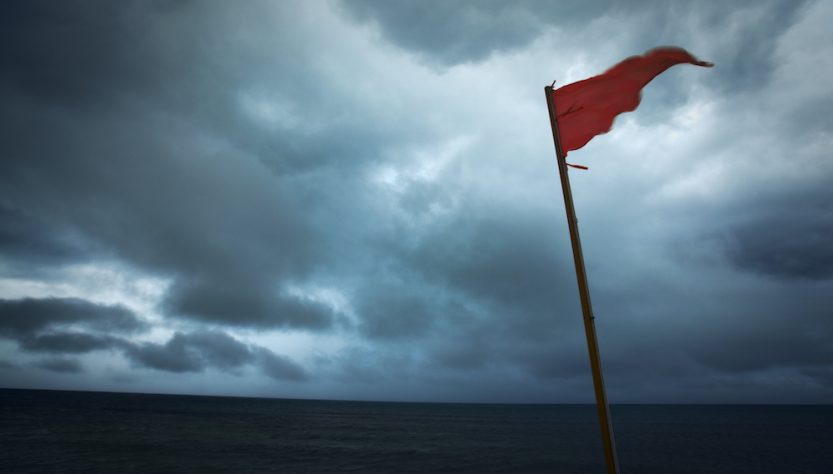
Rainmaker Technology’s initiative to utilize cloud-seeding flares on smaller drones is facing pushback from the airline pilots union, which has called on the Federal Aviation Administration to contemplate rejecting the startup’s request unless it adheres to more stringent safety protocols.
The FAA’s ruling will indicate how the regulator perceives weather modification via unmanned aerial systems in the future. Rainmaker’s venture into small drones is precarious.
The Air Line Pilots Association (ALPA) informed the FAA that Rainmaker’s request “fails to show an equivalent safety level” and represents “a significant safety hazard.”
Rainmaker is requesting an exception from regulations that prevent small drones from transporting hazardous substances. The startup applied in July, and the FAA has yet to make a decision. Instead, it provided a follow-up inquiry for more details on operations and safety.
In its submission, Rainmaker recommended employing two types of flares, one “burn-in-place” and the other ejectable, on its Elijah quadcopter to release particles that encourage precipitation. Elijah can reach a maximum altitude of 15,000 feet MSL (measured from sea level), which falls within controlled airspace that commercial airlines frequently utilize. Drones require clearance from Air Traffic Control to operate within this zone.
Rainmaker’s request indicates that it will function in Class G (uncontrolled) airspace unless otherwise permitted. ALPA highlights that the submission doesn’t clearly articulate where the flights would take place or what altitudes would be employed. Rainmaker and ALPA did not respond to TechCrunch’s inquiries for comments.
The union also raises concerns about the flares themselves, expressing worry over foreign object debris and fire hazards. ALPA emphasizes that the submission lacks trajectory modeling of the ejectable casings and analysis regarding the environmental effects of the chemical agents.
Techcrunch event
San Francisco
|
October 27-29, 2025
Nevertheless, Rainmaker asserts that the flights will be conducted over rural zones and properties owned by private landlords “with whom Rainmaker has established strong working relationships.”
Cloud-seeding is already conducted today, primarily in the western U.S., with manned aircraft flying in conjunction with state agencies. Ski resorts sponsor these operations to maintain snow on their slopes, while irrigation and water districts utilize them to enhance snowpack during the winter, aiding their reservoirs during the spring thaw.
The overarching practice of cloud seeding traces back to the 1950s. By dispersing tiny particles into specific clouds, researchers discovered they could trigger precipitation. Generally, cloud-seeding operations utilize silver iodide for the particles, mainly because they resemble the structure of ice crystals.
When a silver iodide particle collides with super-cooled water droplets, it causes the droplet to freeze rapidly because its water is already beneath the freezing threshold. Once the ice crystal forms, it can grow swiftly if conditions are favorable, quicker than a liquid water droplet would in similar conditions. Additionally, the rapid growth allows the crystals to persist longer than a water droplet, which may evaporate before falling as precipitation.
Rainmaker’s innovation — executing this task with drones rather than pilots — could potentially enhance safety in the long run. The company notes that the flight profiles are strictly regulated, managed by a remote pilot and trained teams, over rural locations, with additional safety measures implemented.
The upcoming steps depend on whether the FAA perceives those mitigations as adequate. Regardless of the outcome, the agency’s response will likely influence the future of innovative cloud-seeding methods.

